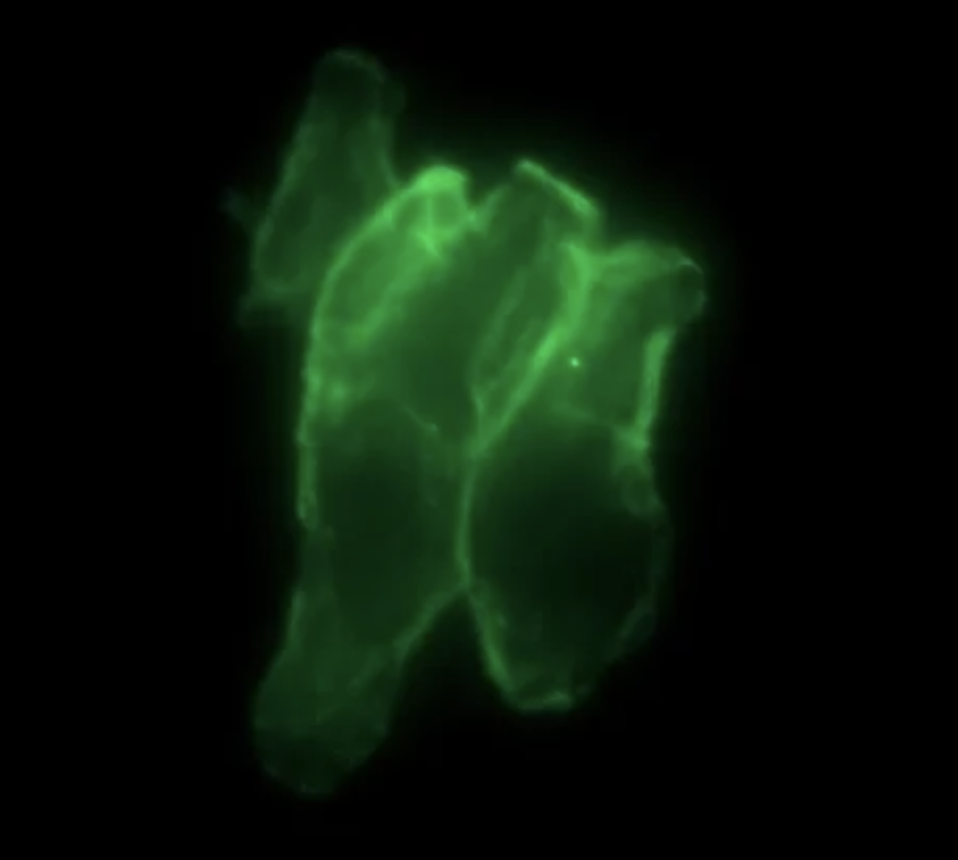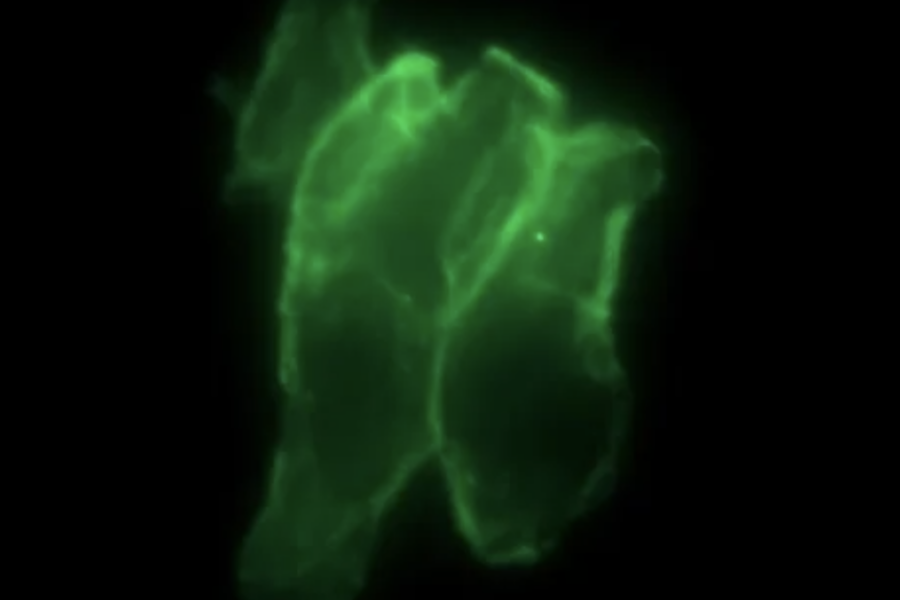NPR The federal COVID-19 public health emergency ended last week, but millions in the U.S. — and across the globe — are still dealing with the repercussions of the COVID-19 pandemic in the form of Long COVID.
Estimates show that more than 65 million worldwide have the condition, which encompasses a wide range of symptoms that are worsened or appear after initial SARS-CoV-2 infection. But three years after the first people with persistent symptoms were documented, there is no biomarker for the disease — no test or swab that can diagnose someone with Long COVID.
A group of researchers is looking to change that.
From lungs to blood
Early in the pandemic, most thought of COVID-19 as a respiratory disease. Resia Pretorius, a professor of physiological sciences at Stellenbosch University in South Africa was seeing something else. After spending years studying blood clotting patterns in other diseases, like diabetes, lupus and arthritis, she was seeing hints of similar, blood-related symptoms in COVID patients.
“It was quite clear from sample one that we are looking at severe clotting pathology,” she says.
Currently, Pretorius and her collaborators are seeing what the blood of Long COVID patients can tell them about the disease but it started as they tried to understand what COVID was doing to the blood during an acute infection.

“The spike protein has the capability to change your soluble clotting protein to insoluble little microclots and that’s where everything starts,” Pretorius says. “So when you have acute COVID you will have activated platelets, you will have vascular damage in endothelial damage and you will have a micro cloud presence in some individuals.”
In some people, after around two weeks, the body will begin to break down those insoluble microclots and they will return to normal. But for others, those microclots hang around and they can damage blood vessels as well as block blood flow to many organs — which could help explain Long COVID’s wide-ranging symptoms.
